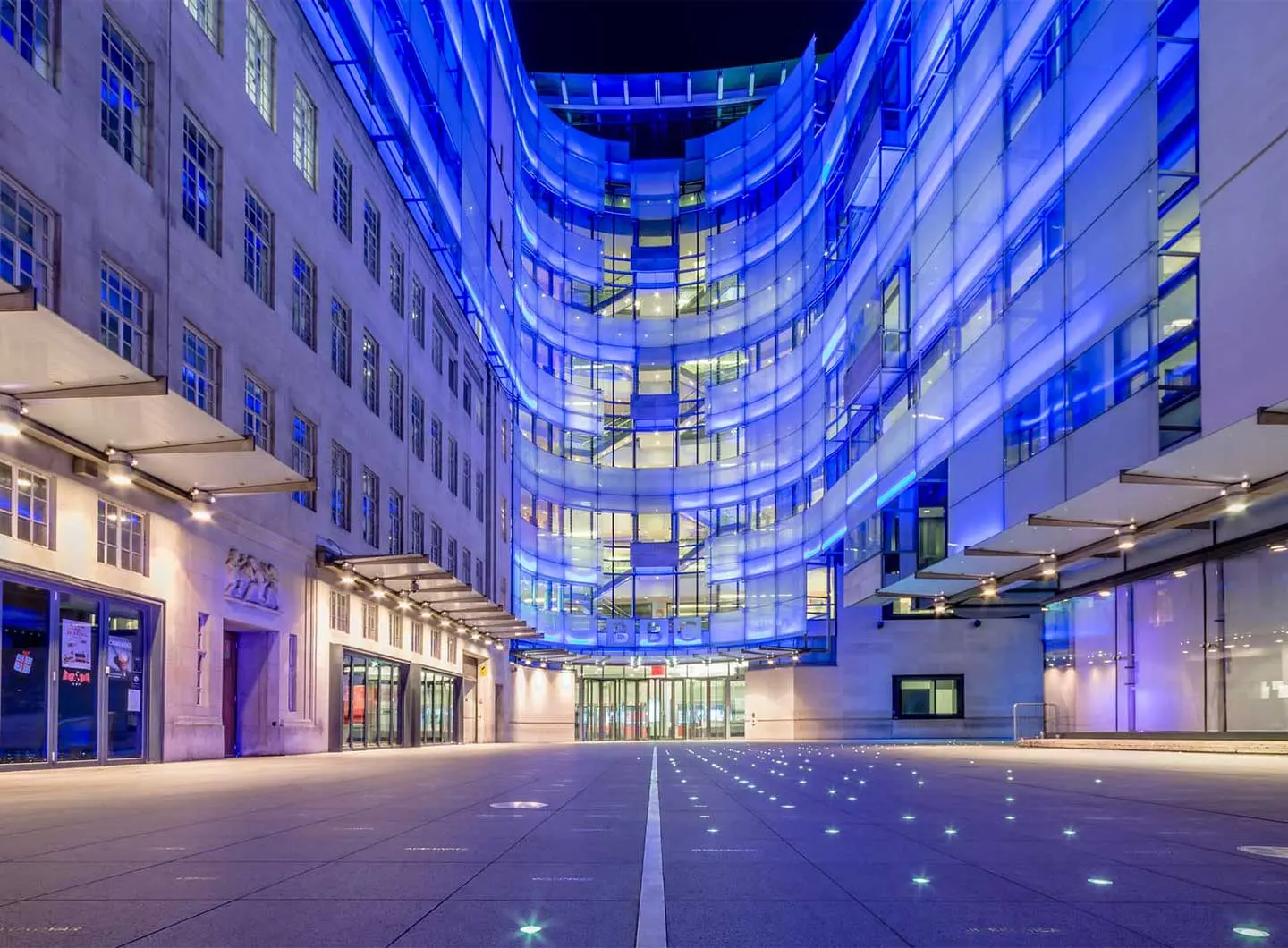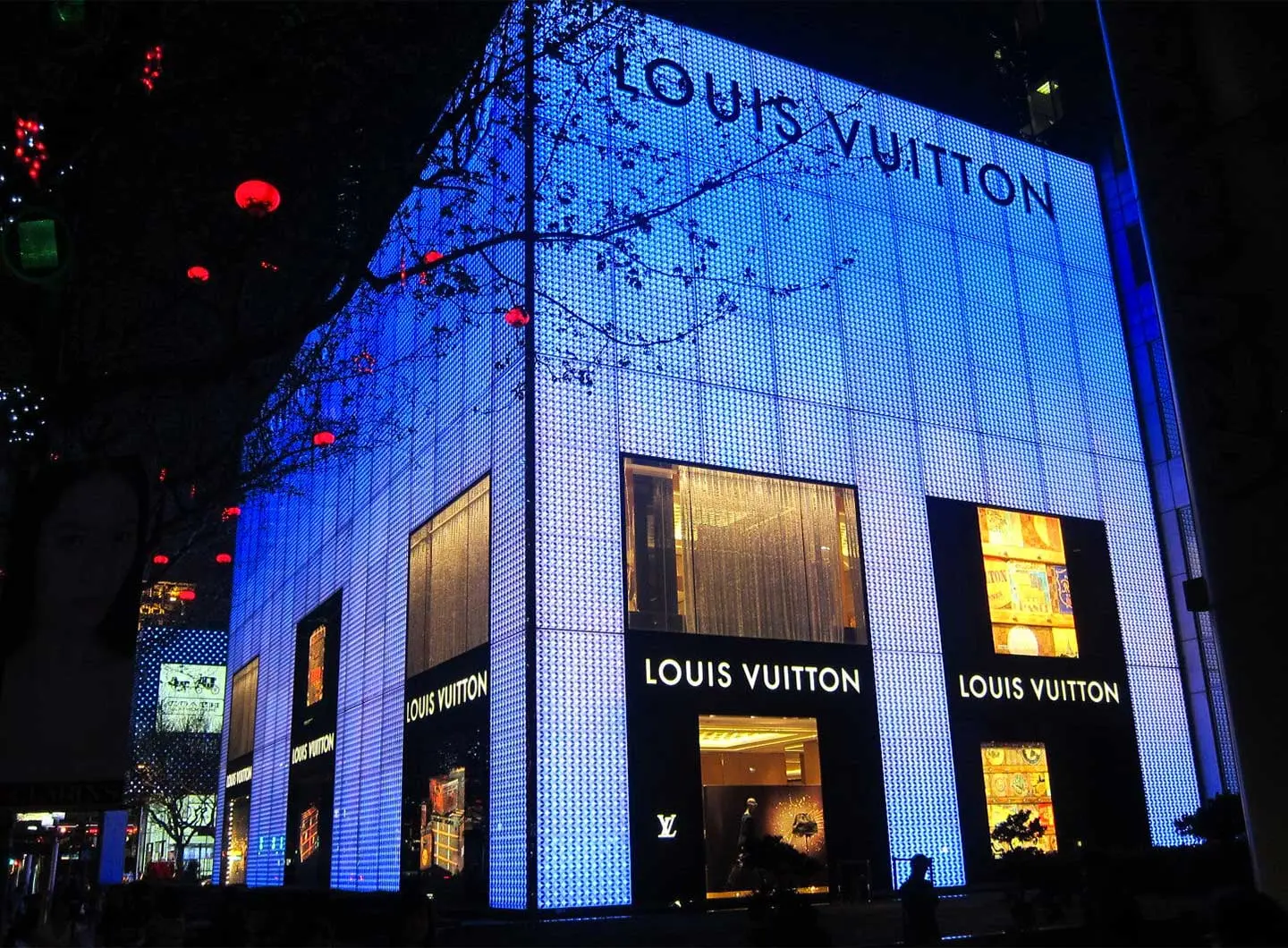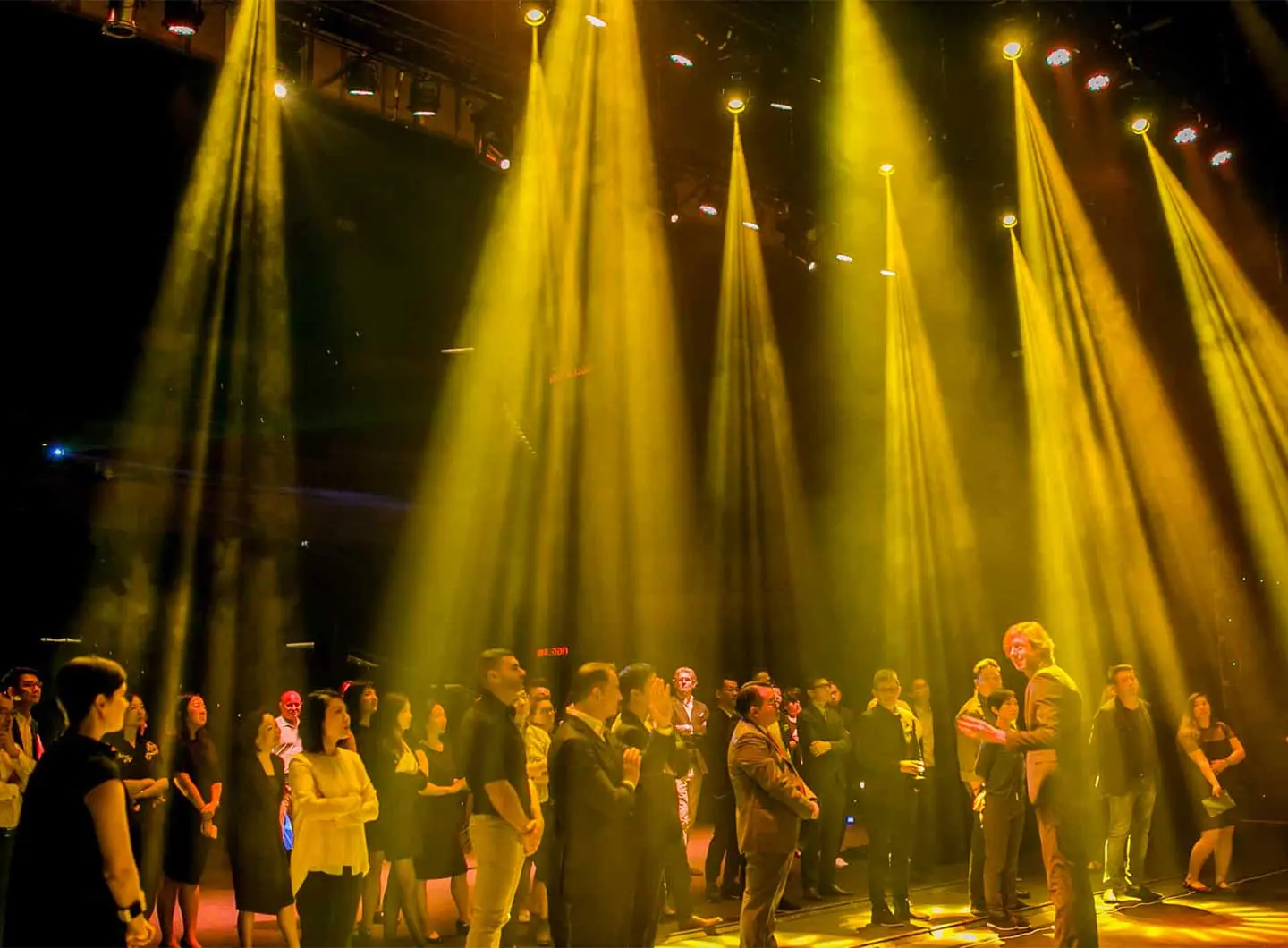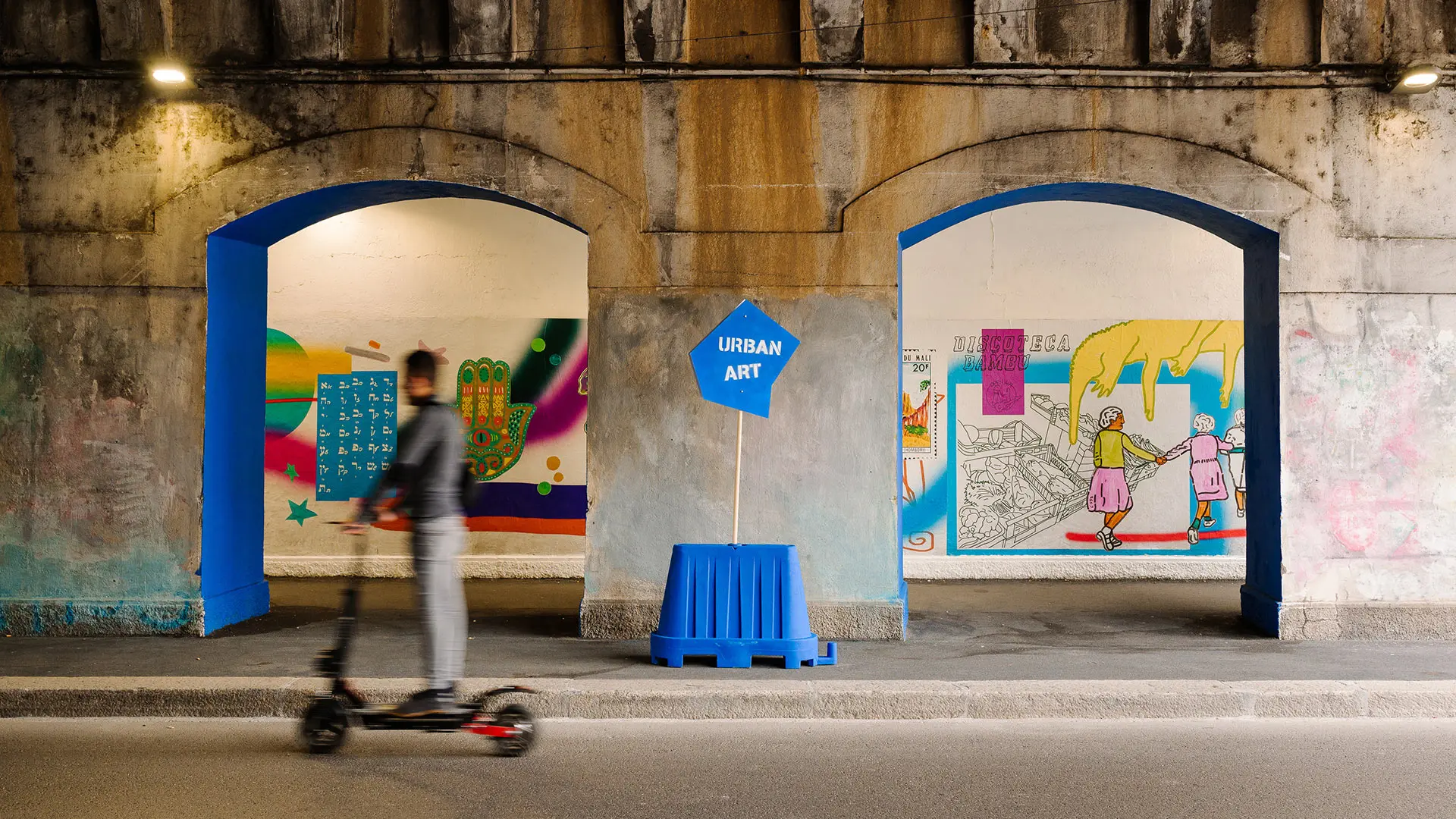A week of meetings, exhibitions and urban walks to explore how architecture can combat inequality in contemporary cities. From 27th October to 2nd November
Rogier van der Heide, the pioneer of lighting design
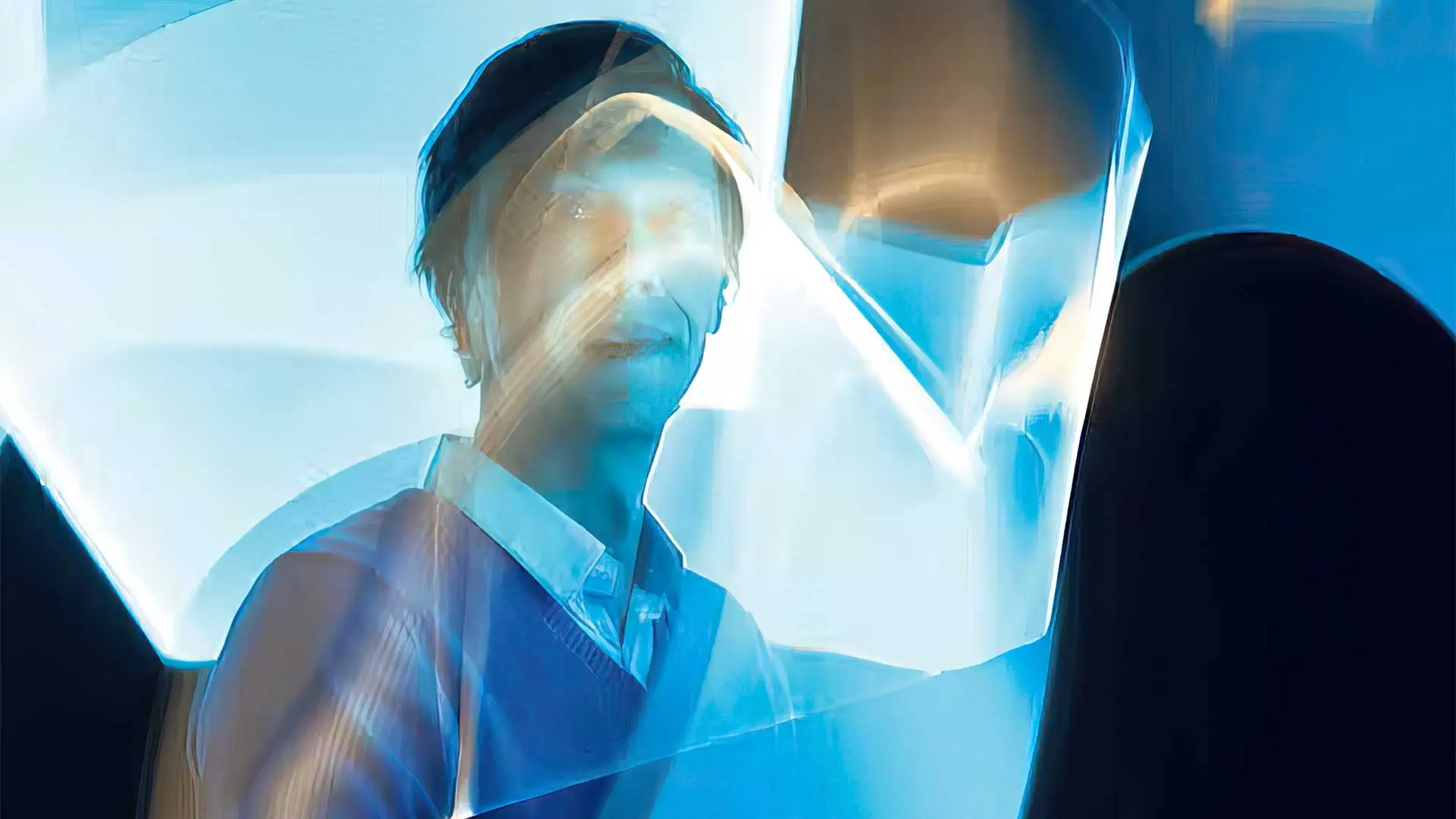
Rogier van der Heide, lighting designer - Ph. Erik Hijweege
The Dutch designer has made lighting design an area to be rethought from the ground up. Overcoming a strictly lighting-geared approach to generate holistic experiences, in which the goal is not high technology – which is also present – but wonder
Rogier van der Heide manages to change the perception of space in the most intangible way possible – by playing with light. Known for being one of the greatest experimenters in the field of lighting design, the Dutch designer carries on where the work of many architects stops, namely the rendering of sensory experiences through colours, reflections and shadows. With tailor-made projects, delivered over a thirty-year career for a wide range of clients, but always at the highest level – think Apple, the BBC, and the Stedelijk Museum – his work has enabled the identity of many places to be shaped with an eye to psychophysical wellbeing and emotional input. During the Salone del Mobile.Milano, visitors to the fair will have an opportunity to see him live on the occasion of The Euroluce International Lighting Forum at the Light for Life Round Table, scheduled for 10th April at 2.00 pm, along with Nicholas Belfield, Piero Benvenuti, Shelley James and Manuel Spitschan. We had an opportunity to ask him a few questions and get some valuable insights into his work.
Light is not just an element of architecture—it is a fundamental medium of experience. It creates narratives not by illustrating a story but by shaping how people move through a space, feel its dimensions, and interact with its textures. I don’t use a “predefined alphabet” or “vocabulary”. Instead, I work with materials, the interaction of light with surfaces, and the qualities of the light of the sun and the sky to create immersive experiences. My focus is on discovery, rather than calculation. Light only exists when it meets something—so I explore materials like glass, coatings, and textures to shape the way it is perceived. Many lighting designers aim to “enhance” architecture, but I see light as something that creates space, not just reveals it. My approach is about rethinking how we experience light rather than where we place the light fixtures. Our experience of light is so important, and yet it is not being taught at universities or academies. That’s why I teach a 10-day course this July, in Naples, much like a masterclass to offer young lighting designers a career boost. Because once you integrate the experience of light into your approach, you add value to spaces, and uniqueness. At a time that everyone can use the computer to make a “proper” lighting scheme, the ability to create a profound experience is what differentiates.
I didn’t start with light at all! I started with space, materials, and how people inhabit places. My approach is driven by curiosity—how does light reveal the soul of a space? How does it change with time, season, and material interaction? Natural light plays a crucial role in my work. Lighting designers focus on electric light, but I believe the most powerful and sustainable source is the sun itself. Natural light is dynamic, emotional, and responsive. My goal is to shape it—to craft experiences where architecture and light are fully integrated. My work is also enriched by teaching, and exchanging knowledge. I have always done that! Engaging with young professionals and established architects keeps my perspective evolving even after 35 years in the profession. That’s why I invest in creating new ways to explore light through education, bridging artistic vision with scientific understanding.
I work for any client of course. The best clients, however, don’t ask for “lighting design”—they ask for an experience. They see light as something that transforms a space, shapes emotions, and interacts with culture. I enjoy projects that push boundaries. Take the “Boeing Sky”, for example. It wasn’t just about making an airplane interior feel spacious—it was about using light to counteract jet lag, support circadian rhythms, and enhance the well-being of all passengers and crew. It is a project where lighting had a measurable physiological impact. Similarly, my work for ESA’s Mars500 project had nothing to do with aesthetics. It was about enabling a team of scientists and engineers to create a Mars rover that performs well in the lighting conditions of Mars, including its sun path, diurnal, atmospheric conditions and reflections of the landscape. My work for Apple and for BBC is architectural, but is characterized by integration of light and material. The glass facade of the Broadcasting House interacts with both natural light and electric lighting, and Apple’s stretched ceilings include a unique approach to translucency. It is fascinating, and a privilege, to work on projects like that. These types of projects—where light is more than illumination—are the ones that excite me. They challenge conventional thinking, and that’s where real innovation happens.
One of the biggest shifts is the move away from artificiality, toward a deeper engagement with natural light. For too long, lighting design has focused on electric solutions. The most powerful and sustainable light source is the sun—and we’re only beginning to fully harness it in design. I see the future of lighting as deeply connected to material science and optics. Instead of simply adding lighting, what if we integrate light directly into materials—glass, stone, metal, and textiles that naturally diffuse, reflect, or amplify light? This isn’t just about efficiency; it’s about rethinking how we design architecture itself. Buildings could be conceived with light in mind from the beginning—not with fixtures and controls, but as a fundamental part of materials, and spatial logic. For architects and developers, this is an incredible opportunity: how do we create buildings where light is truly a part of their DNA? The answers to that will define the future of design. During this year’s master class, I will explore these and other themes with the students as well.
Just like water and air, light is an enabler of life. Moreover, it shapes our emotions, well-being, and sense of place. A well-designed space—where light interacts naturally with materials, follows the rhythm of the day, and responds to human presence—creates an environment that supports both function and feeling. In my atelier, light is not reduced to numbers, standards, and calculations. Because light is not just a technical matter—in my work light is a cultural force. It influences how we live, work, and connect to our surroundings. The future of lighting is not just about energy efficiency. It’s about creating spaces where people thrive, where architecture transcends function, and where light fosters a deeper connection to the world around us. That’s the kind of work I want to continue exploring, whether through projects, research, or education.
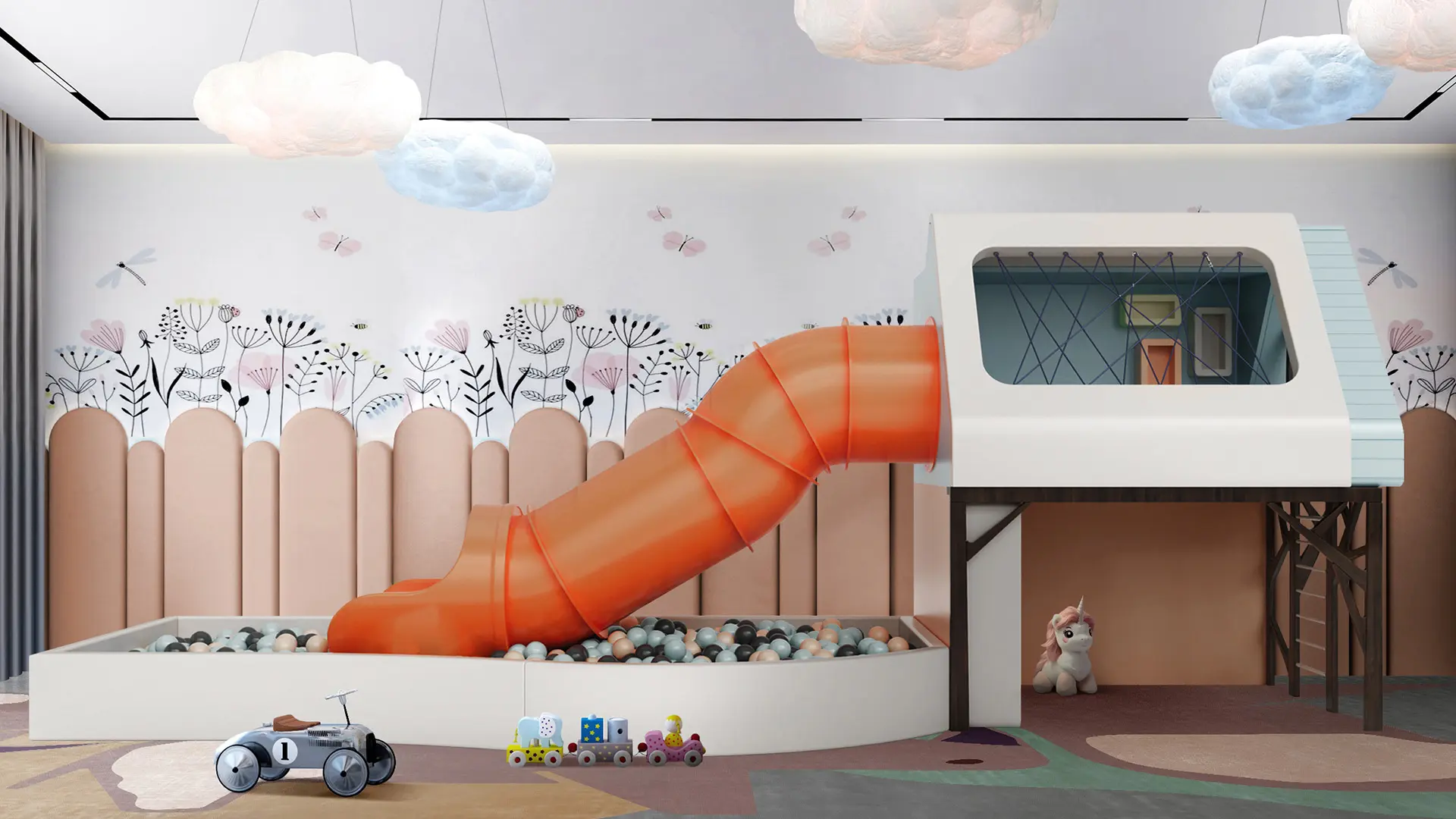
Pop design for children and teenagers: play becomes furnishings
When it comes to furnishing spaces for kids and teens, the strongest topic in recent years is clear: Pop design.


ADI Design Index 2025: the Compasso d'Oro nominees
Ahead of the Compasso d'Oro 2025, the ADI Design Index 2025 selection was presented at the ADI Design Museum. The selected projects, from various categories and disciplines, will be exhibited in Milan and, for the first time, in Agrigento, the Italian Capital of Culture 2025.




